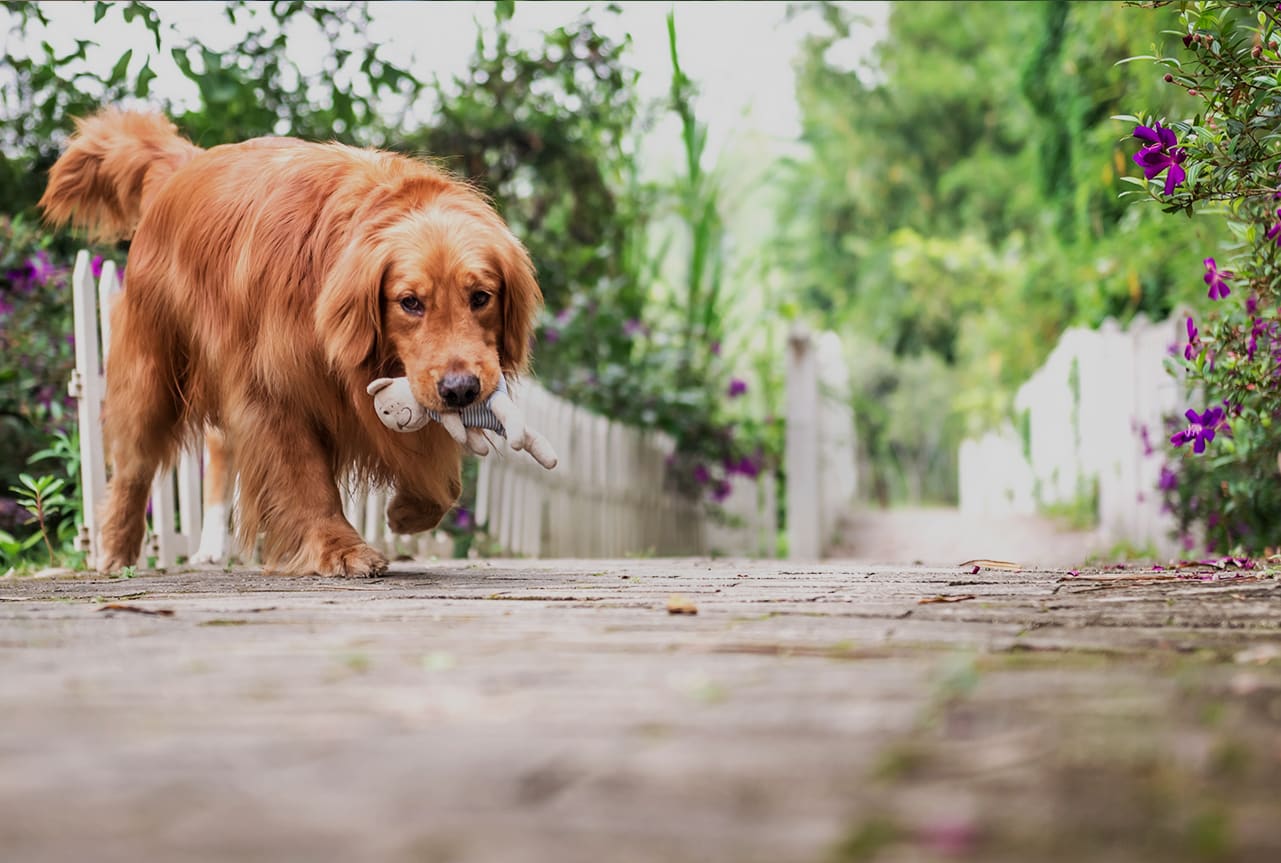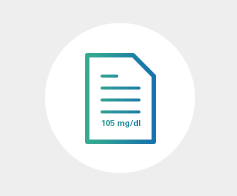

Diabetes in Dogs
Monitoring Blood Glucose
Tracking Blood Glucose at Home
Monitoring blood glucose throughout the day is the best way to monitor diabetes in dogs. This can take place at the veterinary clinic or in your home. A stable dog with diabetes should have blood glucose in the range of 100–250 mg/dL for most of a 24–hour period.
A handheld glucometer is one way to measure glucose levels. Handheld glucometers are not crucial, but are easy to use and may be worth the investment. Ask your veterinarian which model best suits you and your dog’s needs.
Collecting and Testing a Blood Sample
A glucometer or glucose test strips are needed to test the blood. Check instructions from your glucometer or test strips, or consult your veterinarian. Blood can be collected easily from the earflaps (pinnae) of your dog, alternating sides. Including the tail, lip, callous and foot pads could be considered depending on your preference and your dog’s comfort level.

Step 1
Make sure that your dog’s ear is warm. If not, hold it between your hands for about one minute. This makes collecting a drop of blood easier.

Step 2
Quickly prick a clean, hairless part of the ear with a sterile lancet or hypodermic needle.

Step 3
A small drop of blood will appear. Collect the drop onto the glucose test strip as per instructions provided.

Step 4
Gently but firmly press some clean cotton or gauze onto your pet’s ear until it stops bleeding.

Step 5
Read the test strip or insert the sample into the glucometer as instructed. Compare the reading to the normal level in dogs.

Step 6
Keep a record of the readings to share with your veterinarian.
Testing Using a Glucometer
First, insert test strip into meter, then obtain a small blood drop from the animal. Touch the test strip to the blood drop per instructions. Read the instructions provided with your glucometer before use.
Testing With Blood Glucose Test
Blood glucose strips are used to measure blood glucose concentration. A drop of blood is placed on the pad at the end of the strip and left for a specified amount of time. Then the pad is wiped and the color is checked against the chart on the container. Read the instructions provided with the test strips before use.
Tracking Results

Recording your dog’s results is important to properly manage care. Keep track using the Pet Diabetes Tracker app or download a copy of the management monitoring sheet.
Tracking Tools & Resources
- Pet Diabetes Tracker app
Review and keep important information to manage care. - Blood Glucose Curve Tool
Easily record blood glucose readings to generate a blood glucose curve. - Helpful Downloads
Additional resources to understand and manage canine diabetes.
Further Reading


Talk to Your Vet Today
Find a veterinarian to learn more about pet diabetes, and how cats and dogs can lead a happy, healthy life with proper management.
IMPORTANT SAFETY INFORMATION:
VETSULIN® and VETPEN® are for use in animals only. Dogs and cats known to have an allergy to pork or pork products should not be treated with VETSULIN®. VETSULIN® is contraindicated during periods of hypoglycemia. Animals with severe ketoacidosis, anorexia, lethargy, and/or vomiting should be stabilized with short-acting insulin and appropriate supportive therapy before use. As with all insulin products, careful patient monitoring for hypoglycemia and hyperglycemia is essential. Overdosage can result in profound hypoglycemia and death. Progestogen and glucocorticoid use should be avoided. The safety and effectiveness of VETSULIN® in puppies, kittens, breeding, pregnant, and lactating dogs and cats has not been evaluated. Keep out of reach of children. Avoid contact with eyes. In case of contact, immediately flush eyes with copious amounts of water for at least 15 minutes. Accidental injection may cause clinical hypoglycemia. In case of accidental injection, seek medical attention immediately. Exposure to the product may induce a local or systemic allergic reaction in sensitized individuals. For complete safety information, refer to the product label.




